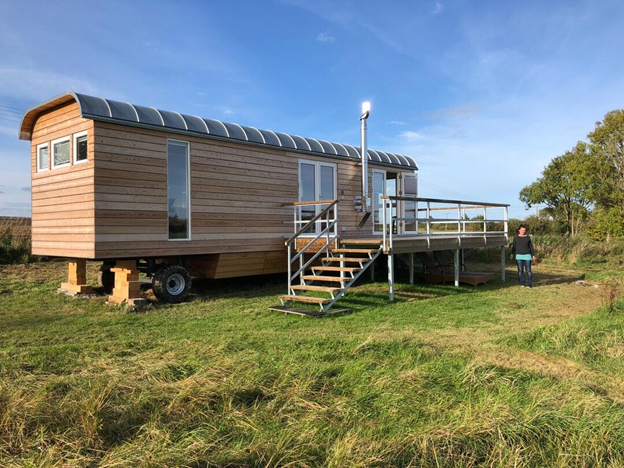When considering the installation of a home lift, understanding the price range can be quite challenging. Numerous factors influence the overall cost, including the type of lift, installation complexities, and additional features. This ultimate guide aims to demystify the pricing landscape of home lifts, providing you with essential information to make an informed decision. Whether you seek enhanced accessibility for elderly family members or desire a touch of luxury, this guide will walk you through the various price points, helping you find a solution that suits both your needs and budget.
Types of Home Lifts
There are several types of home lifts available on the market, each with its own set of features and price points. Traditional hydraulic lifts are known for their smooth operation and reliability but can be relatively expensive due to the need for a machine room and complex installation. On the other hand, traction lifts, often found in commercial buildings, are making their way into residential spaces, offering a quieter and more energy-efficient option.
Another popular choice is the pneumatic vacuum elevator, which uses air pressure to move the cab between floors. These lifts tend to be easier and quicker to install, with a modern aesthetic that appeals to many homeowners. However, the cost may be higher for these futuristic designs, especially when incorporating custom finishes and advanced features. Stair lift systems, which are installed on existing staircases, provide a more budget-friendly option for those with limited mobility. The stair lifts prices in South Africa will differ from those in other countries. This is why it’s important to do research and familiarize yourself with the options available in your specific region.
Installation Complexities
The installation process for a home lift can significantly impact the overall price. Retrofitting a lift into an existing home is often more complicated and costly than integrating one into new construction. Factors such as the amount of demolition required, the need for additional structural support, and the extent of electrical work can all influence the final price tag.
It’s also essential to consider the space available in your home. Limited space can necessitate a more compact lift, typically at a higher cost per square inch. Additionally, homes with multiple stories or unique architectural features may require custom solutions that increase both the complexity and cost of installation.
Additional Features
Home lifts come with a wide array of additional features that can enhance usability and comfort but may also add to the overall cost. Safety features like emergency stop buttons, backup power supplies, and automatic door operators are essential, especially for elderly or disabled users. These features ensure smooth, safe operation and provide peace of mind for homeowners.
Luxury features such as custom cabin finishes, panoramic glass walls, and smart home integration can add significantly to the cost. While these features may not be necessary, they can elevate the overall experience of using a home lift, making it not just a mobility solution but also a stylish addition to your home.
Maintenance and Operating Costs
Beyond the initial purchase and installation, ongoing maintenance and operating costs are crucial factors to consider. Regular maintenance is vital to ensure the longevity and optimal performance of your home lift. Service contracts, which typically cover yearly inspections, minor repairs, and emergency call-outs, can range in price depending on the type and complexity of the lift.
Operating costs also include energy consumption. While newer models are designed to be more energy-efficient, it’s essential to consider the long-term costs associated with running your home lift. Energy-efficient models might have a higher upfront cost but can save you money in the long run by reducing your monthly electricity bills.
Financing Options
The high upfront cost of home lifts can be daunting, but various financing options are available to make the investment more manageable. Many lift manufacturers and suppliers offer payment plans that spread the cost over several months or years, making it easier to fit this significant expense into your budget. Some financing options may include interest, so it’s vital to read the terms carefully and understand the long-term impact.
There may be grants or subsidies available for individuals with specific needs, such as the elderly or disabled. Government programs and non-profit organizations sometimes offer financial assistance to help cover the cost of home modifications, including lift installations. Researching and applying for these programs can significantly offset the financial burden, making a home lift more accessible for those who truly need it.

Understanding the factors that influence the price range of home lifts is crucial when making a decision. By considering the type of lift, installation complexities, additional features, and ongoing costs, you can determine which option best fits your needs and budget. And with various financing options available, a home lift may be more attainable than you think. So don’t hesitate to explore your options and find a solution that will enhance the accessibility and convenience of your home.

